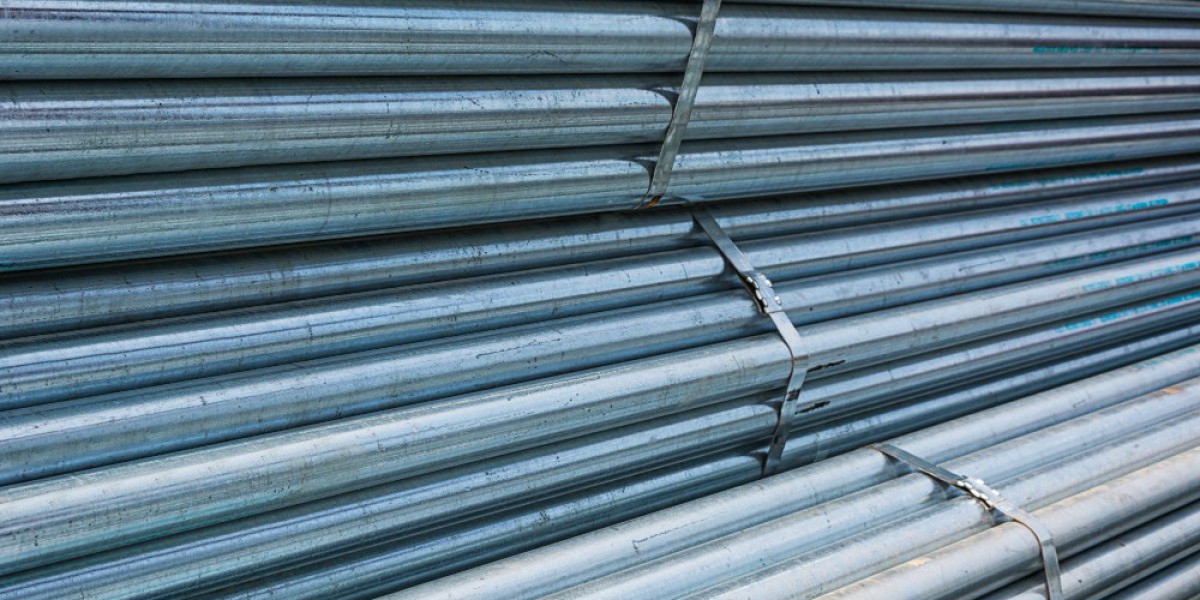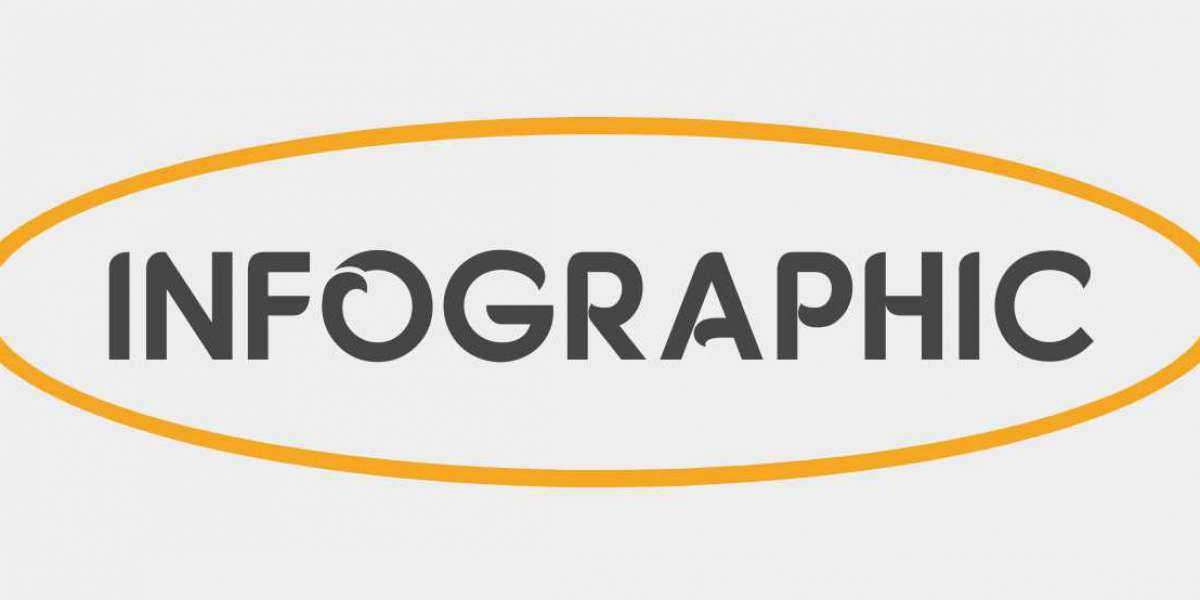Investing in metal futures can be a lucrative strategy, but it requires a deep understanding of market trends and price predictions. As the metal market evolves, making informed decisions is crucial for maximizing returns and managing risks. This blog will provide key insights into smart investing in metal futures, helping you navigate the complexities of the market effectively.
1. Understanding Metal Futures Contracts
Metal futures contracts are agreements to buy or sell a specific amount of metal at a predetermined price on a future date. Before diving into investing strategies, it's essential to understand the fundamentals of metal futures contracts.
- Definition: A metal futures contract locks in the price of a metal to be bought or sold at a future date.
- Leverage: Futures contracts often involve leverage, allowing investors to control large amounts of metal with a smaller capital outlay.
- Settlement: Contracts can be settled by physical delivery of the metal or by cash settlement, depending on the contract terms.
- Margin Requirements: Investors must maintain a margin to cover potential losses, which can vary based on market conditions.
- Standardization: Futures contracts are standardized in terms of quantity and quality of the metal.
- Price Prediction: Understanding the contract details helps in making accurate metal price predictions and managing investments effectively.
- Risks and Rewards: Investing in metal futures can offer high rewards but comes with significant risks due to market volatility.
2. Analyzing Market Trends
Market trends provide insights into the future direction of metal prices, helping investors make informed decisions. Analyzing market trends is critical for predicting future metal prices and making strategic investments.
- Historical Data: Reviewing historical metal price data helps identify patterns and trends.
- Economic Indicators: Factors like inflation, interest rates, and GDP growth can influence metal prices.
- Global Events: Political instability, trade policies, and natural disasters can impact metal supply and demand.
- Technological Advances: Innovations in mining and metal processing can affect production costs and prices.
- Supply and Demand: Understanding shifts in supply and demand dynamics is crucial for accurate price predictions.
- PriceVision Tools: Utilizing tools like PriceVision can enhance trend analysis with advanced AI-driven insights.
- Sector Analysis: Different sectors (e.g., construction, automotive) have varying impacts on metal demand and prices.
3. Leveraging Technical Analysis
Technical analysis involves studying price charts and indicators to forecast future metal prices. Technical analysis helps identify entry and exit points for investing in metal futures based on historical price movements.
- Chart Patterns: Recognizing patterns like head and shoulders or trendlines can indicate future price movements.
- Technical Indicators: Tools like moving averages, RSI, and MACD help assess market momentum and potential reversals.
- Volume Analysis: Analyzing trading volume provides insights into the strength of price trends.
- Support and Resistance Levels: Identifying these levels can guide investment decisions and risk management.
- Backtesting: Testing strategies against historical data helps validate their effectiveness in predicting metal futures prices.
- Integration with Fundamentals: Combining technical analysis with fundamental insights enhances prediction accuracy.
- AI Tools: Advanced tools like PriceVision integrate technical analysis with AI for improved predictions.
4. Diversifying Your Metal Futures Portfolio
Diversification involves spreading investments across different metals to reduce risk and enhance returns. Diversifying a metal futures portfolio can help manage risk and capitalize on various market opportunities.
- Metals Variety: Investing in a mix of precious (e.g., gold, silver) and industrial metals (e.g., copper, aluminum) provides balanced exposure.
- Risk Reduction: Diversification helps mitigate the impact of price volatility in any single metal.
- Market Segments: Different metals may react differently to economic changes, offering varied investment opportunities.
- Geopolitical Risks: Diversifying across metals from different regions can reduce geopolitical risk exposure.
- Performance Correlation: Metals with low correlation to each other can enhance portfolio stability.
- Long-Term Trends: Diversifying based on long-term market trends helps capture growth in various sectors.
- Monitoring and Rebalancing: Regularly reviewing and adjusting the portfolio ensures alignment with changing market conditions.
5. Incorporating Economic Indicators
Economic indicators provide valuable information about market conditions that can influence metal prices. Understanding and incorporating economic indicators is crucial for predicting metal futures prices accurately.
- Inflation Rates: High inflation often drives up metal prices as investors seek tangible assets.
- Interest Rates: Rising interest rates can lead to a stronger currency, affecting metal prices negatively.
- GDP Growth: Strong economic growth can increase demand for industrial metals.
- Employment Data: High employment levels can boost economic activity and metal demand.
- Trade Policies: Tariffs and trade agreements impact metal supply and prices.
- Consumer Sentiment: Positive sentiment can drive demand for metals used in consumer products.
- PriceVision Analytics: Using AI tools to analyze economic indicators helps refine metal price predictions.
6. Understanding Seasonal Trends
Seasonal trends refer to recurring patterns in metal prices based on the time of year. Recognizing seasonal trends helps in timing investments and predicting metal futures prices more accurately.
- Demand Cycles: Some metals experience higher demand during specific seasons, affecting their prices.
- Production Schedules: Mining and production cycles can lead to seasonal fluctuations in supply.
- Weather Conditions: Extreme weather can disrupt mining operations, impacting metal prices.
- Fiscal Year Effects: End-of-year fiscal activities can influence metal demand and prices.
- Holiday Seasons: Increased production and consumption during holidays can affect certain metals.
- Historical Trends: Analyzing past seasonal trends helps forecast future price movements.
- PriceVision Tools: Leveraging AI to identify and predict seasonal patterns enhances investment strategies.
7. Managing Risk in Metal Futures
Effective risk management strategies are crucial for protecting investments in volatile metal futures markets. Implementing robust risk management techniques helps safeguard investments and improve overall strategy.
- Hedging: Using futures contracts to hedge against potential losses in metal investments.
- Stop-Loss Orders: Setting stop-loss orders to limit potential losses on individual trades.
- Position Sizing: Adjusting the size of investments based on risk tolerance and market conditions.
- Diversification: Spreading investments across various metals to reduce risk exposure.
- Regular Monitoring: Continuously monitoring market conditions and adjusting strategies as needed.
- Risk Assessment Tools: Using tools like PriceVision to evaluate and manage risk effectively.
- Investment Limits: Setting limits on the amount invested in any single metal or futures contract.
8. Evaluating Supply and Demand Dynamics
Supply and demand dynamics play a critical role in shaping metal prices and futures markets. Analyzing supply and demand factors provides insights into potential price movements and investment opportunities.
- Production Levels: Changes in metal production can impact supply and influence prices.
- Consumer Demand: Increasing or decreasing demand from key industries affects metal prices.
- Stockpiles: Monitoring metal stockpiles can indicate future supply constraints or surpluses.
- Imports and Exports: Trade balances and international trade policies influence metal supply and demand.
- Technological Changes: Innovations in production and recycling can affect metal availability.
- Geopolitical Factors: Conflicts or trade restrictions in metal-producing regions can impact supply.
- PriceVision Analysis: Utilizing AI tools to evaluate supply and demand trends enhances price prediction accuracy.
9. Utilizing PriceVision for Accurate Predictions
PriceVision is a powerful AI-driven tool that helps investors make accurate metal price predictions. Leveraging advanced tools like PriceVision can improve the accuracy of metal price forecasts and investment decisions.
- AI Algorithms: PriceVision uses sophisticated machine learning algorithms to analyze market data and predict metal prices.
- Real-Time Data: Access to real-time data helps investors stay updated on market conditions.
- Customizable Reports: Tailoring reports to specific metals and market segments provides actionable insights.
- Trend Analysis: Identifying trends and patterns through AI-driven analysis enhances forecasting accuracy.
- Risk Assessment: PriceVision offers tools for assessing and managing investment risks.
- Strategic Planning: Using PriceVision for strategic planning helps optimize metal futures investments.
- Performance Monitoring: Regularly tracking predictions against actual market performance refine investment strategies.
10. Developing a Strategic Investment Plan
A well-developed investment plan is essential for navigating the metal futures market successfully. Crafting a strategic investment plan ensures that you make informed decisions and achieve your investment goals.
- Goal Setting: Define clear investment objectives and risk tolerance levels.
- Research: Conduct thorough research on market trends, economic indicators, and metal futures.
- Diversification: Include a mix of metals and futures contracts to spread risk.
- Monitoring: Regularly review and adjust your investment plan based on market changes and performance.
- Strategic Use of Tools: Leverage tools like PriceVision for accurate price predictions and strategic insights.
- Risk Management: Implement risk management techniques to protect investments.
- Long-Term Planning: Develop a long-term strategy that aligns with your financial goals and market outlook.
Conclusion
Investing in metal futures requires a deep understanding of market dynamics and the use of advanced tools like PriceVision for accurate predictions. By analyzing trends, managing risks, and developing a strategic investment plan, you can make informed decisions and maximize returns in the metal futures market.
FAQs
1. How can PriceVision enhance my metal futures investment strategy?
PriceVision uses AI-driven insights and real-time data to provide accurate metal price predictions, helping you make informed investment decisions and manage risks effectively.
2. What are the primary risks associated with investing in metal futures?
Primary risks include market volatility, leverage risks, price fluctuations, and geopolitical factors that can impact metal supply and demand.
3. How can diversification benefit my metal futures portfolio?
Diversification spreads risk across various metals and futures contracts, reducing the impact of price volatility in any single metal and enhancing overall portfolio stability.
To Get Real-Time Prices of Metal Visit: https://pricevision.ai/
Source: https://www.party.biz/blogs/135363/378859/smart-investing-in-metal-futures-what-are-the-key-insights



